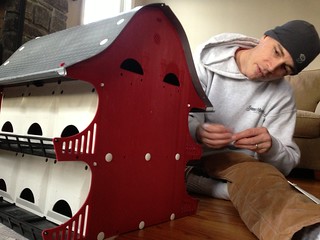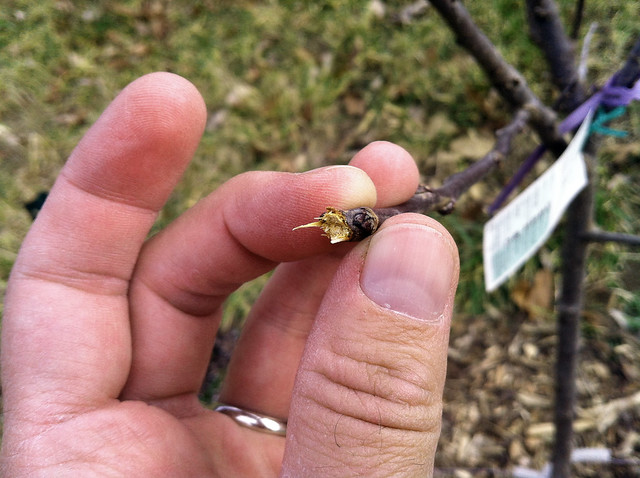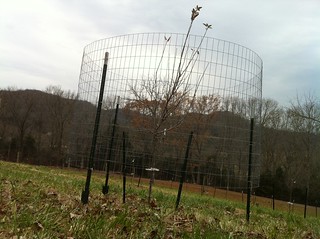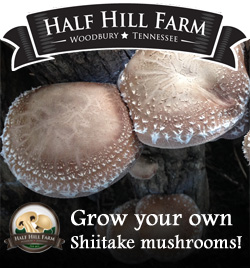Farm hour: Purple Martins are nature’s bug zappers
 Part of our organic farm’s integrated pest management plan calls for the use of hosted beneficial birds as natural predators. Earlier this week I asked a couple of friends and folks at the Tennessee Wildlife Resources Agency (TWRA) for some advice and was reminded about the amazing Purple Martin.
Part of our organic farm’s integrated pest management plan calls for the use of hosted beneficial birds as natural predators. Earlier this week I asked a couple of friends and folks at the Tennessee Wildlife Resources Agency (TWRA) for some advice and was reminded about the amazing Purple Martin.
Growing up in the South, I remember Purple Martin houses on several farms. I never really thought there was a functional reason for hosting them, and later was convinced all they ate were mosquitoes.
I was wrong. State Zoologist David Withers sent me this great one pager from the Purple Martin Conservation Association that basically tells me the Purple Martin is one of nature’s best bug zappers. Check out TWRA’s wonderful online resource on common birds and how to host them.
Even if you are not an organic farmer, hosting Purple Martins can dramatically help reduce any flying insect pest on your property while reducing the use of chemical sprays and inviting a little of nature’s perfect aesthetic back to your home life.
We got two 16 family houses, both made in America, at our local Tractor Supply Company (photo: Vince snaps a Purple Martin house together). We’re using cut cedar posts from the property and will open the houses March 31 or as close to the time we begin seeing younger Purple Martins.
Here are a few points we’ve learned through some voracious reading over the past couple of snow days:
- Purple Martins overwinter in Brazil and return year after year to the same nesting location.
- They live exclusively in human made housing (East of the Rocky Mountains)
- Houses must be over 10 feet off the ground, a minimum of 30 feet from a human dwelling (120 feet maximum), about 45 feet from any tree or bush and have nothing touching the pole, including support wires. Nothing around the housing can be taller.
- Entry holes must be a specific dimension or competing birds become a problem (3 inches wide and 1 3/16 tall).
- Purple Martins prefer white colored housing.
- To attract a colony you must open the house when last year’s young return – 3 weeks after the first adults arrive. In Tennessee, adults arrive March 1-15. Adults will also colonize, but you must be persistent to scare off competing birds.
- Purple Martins diet includes “dragonflies, damselflies, flies, midges, mayflies, stinkbugs, leafhoppers, Japanese beetles, June bugs, butterflies, moths, grasshoppers, cicadas, bees, wasps, flying ants, and ballooning spiders.”
- Once hatched, Purple martins develop in about 30 days.
- You can handle the chicks to manage the nests – parents do not mind human handling or scent.





 Cage: I’m testing fencing one tree after
Cage: I’m testing fencing one tree after 


